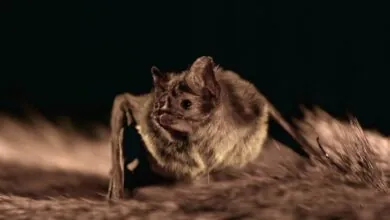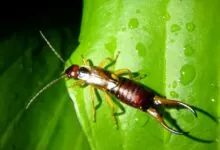Bactrian Camel: Mastering Survival with Twin Humps
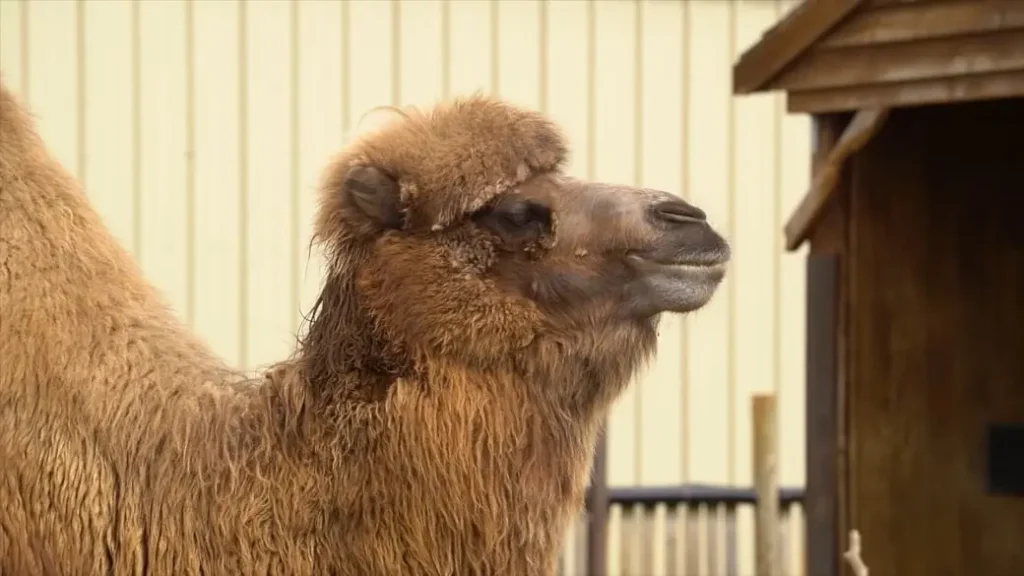
Bactrian camel, scientifically labelled as Camelus bactrianus, are double-humped camels native to the steppes of Central Asia. There are two species of the Bactrian camels namely domesticated Bactrian camel and wild Bactrian camel. Their names have been derived from Bactria – the ancient historical region. These species make the travel of caravans possible on the Silk Road. When it comes to the Bactrian camel IUCN status, in an unfortunate turn, they’ve been declared as a “critically endangered”.
| Kingdom | Phylum | Class | Order | Family | Genus | Scientific Name |
| Animalia | Chordata | Mammalia | Artiodactyla | Camelidae | Camelus | Camelus bactrianus |
Origin and Evolution
The Bactrian camels equipped with large even-toed ungulate are inherent to the arid regions of Central Asia encompassing China, Afghanistan, Iran and Mongolia. The origin and evolution of Bactrian camels can be traced back millions of years to the early descendants of modern camels. Nearly 40 million years back in time, the Protylopus – the first true camels – observed in North America; their diversification and dispersing gave rise to different came species.
Roughly 10 million years ago, during the late Miocene period, the descendants of these animals migrated from North America to Eurasia through the Bering land bridge. The very migration became the cause of their emergence in its contemporary habitat.
Distribution
The Bactrian camel’s distribution extends over multiple countries, including China, Iran, Mongolia, Pakistan, Afghanistan, and part of Kazakhstan and Russia. Living in the aforementioned regions, they are aptly accommodated to scarce water sources and drastic temperatures.
Geography
| Continents | Asia |
| Subcontinents | Central Asia |
| Countries | China, Iran, Mongolia, Pakistan, Afghanistan, Kazakhstan and Russia |
| Bio-geographical Realms | Palearctic |
| Biome | Desert and Xeric Shrublands |
| Climate Zones | Arid, Temperate, Cold Steppe, Subarctic |
Population
It’s challenging to hit the exact figure determining the population of the Bactrian camels; the estimates propose that around 1.4 million species encompassing both domesticated and wild populations there are worldwide. As per the Zoological Society of London, this species is listed as the eight most-endangered large mammal in the world.
Population Number
Bactrian camel’s total population size is around 2 million living in domesticated and conserved areas. Let me share with you the approximated populations in the following regions: Mongolia – 450,000 to 500,000 individuals; China – 270,000; Kazakhstan – 200,000; Kyrgyzstan – 50; Uzbekistan – 10,000; Iran – more than 100; Pakistan – 200; Turkmenistan – 2,500; India – 150; and in Russia – 100,000. Effort to monitor and conserve Bactrian camels’ population are in the works to ensure their enduring survival.
Ecological Niche
Bactrian camels within the desert and arid regions of Central Asia occupy a particular ecological niche in the sense that the peculiar adaptations of them permit them to thrive in harsh environs where water and food resources are scarce. They can hold out life-threatening temperatures spanning from scorching heat to freezing cold.
Feeding on various vegetation encompassing grasses, leaves, grains, shrubs and desert plants, this kind of camels serve as signifying herbivores. Their well-developed digestive system is what makes them intake maximum nutrients out of tough and sparse plant material.
Being herbivores, they play a vigorous role in ecosystem by stimulating seed dispersal and influencing plant distribution through their dung. On top of that, the livelihoods of local communities is contingent on them as these prodigious creatures provide them transportation for nomadic herders and serve as a constructive source of milk, wool and, of course, meat.
Habitat
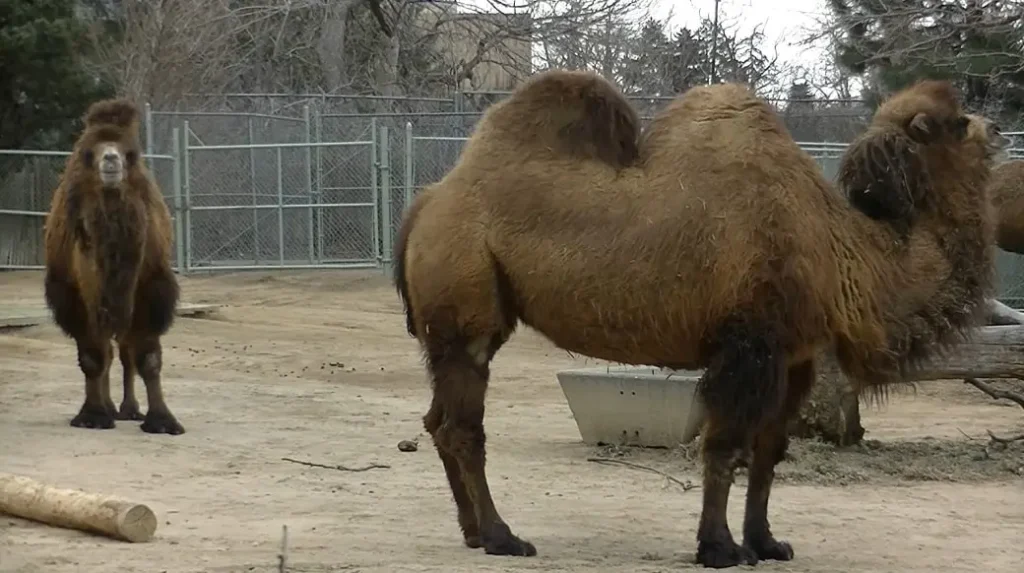
The regions of Central Asia, including steppes, deserts and semi-arid plains are the areas the Bactrian camels are adapted to. They withstand extreme temperatures, feed on various vegetation and navigate sandy terrain using their broad, padded feet in environments with confined resources.
Desert and Arid Regions
Preeminently, this species is native to the desert and arid regions of Central Asia. Their habitats, chiefly, includes southern Mongolia and the Gobi Desert of northern China; in the here and now, the overpowering portion of their population is living on conservation preserves, encompassing:
The species remained safe from the Lop Nur – an erstwhile nuclear testing site. Notwithstanding, the recent initiative taken regarding the beginning of mining the area has posed a threat to their existence. The scientists in the collaboration with the regional officials are attempting to relocate the species to Pleistocene Park, Siberia.
Sandy Terrain
The camel’s broad, padded feet, without sinking into the desert sands, make traversing sandy terrain possible. The distinctive feature of them enable them to move conveniently across the loose sand dunes.
Scarce Water Sources
The Bactrian camels, evolving outstanding water-conserving adaptations, experience scarcity of water in their environments. You can imagine their stamina from the point that they are capable of moving for longer timespans even without drinking water; the moment they locate water resources, they replenish their reserves drinking a large quantity of water.
Tarantulas and the Bactrian camel, though inhabiting different habitats, both demonstrate remarkable adaptations for survival – tarantulas with their ability to thrive in diverse ecosystems by silk-spinning and camels with their exceptional water conservation capabilities.
Appearance
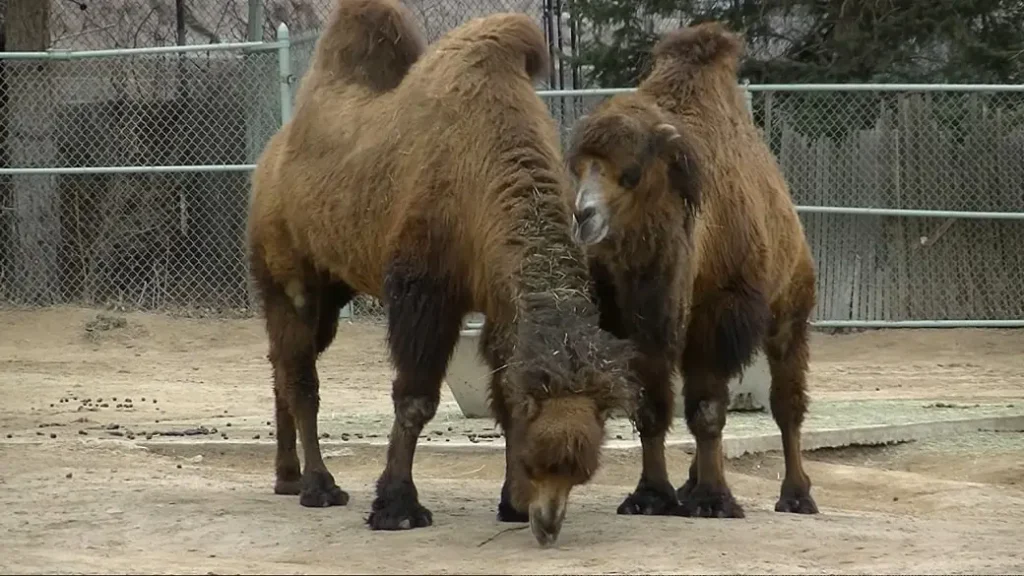
The unparalleled physical features of the Bactrian camels are of great assistance in their adaptation to arid habitats. Manifesting exceptional appearance, they stand out among the other camel species.
Dual Humps
The very first conspicuous feature that one notices looking at this kind of camel is the pair of humps on its back. These humps, realistically, are fat deposits that serve as reservoirs providing nourishment and vigor to a camel particularly when water and food sources are confined or inaccessible. As per Britannica, the Bactrian camel, instantly recognizable by its two massive humps, is a Central Asian icon.
Size and Build
This kind of camels, classically measuring between 6 to 7 feet tall at the shoulder, are among the biggest camel species. Their sturdy and robust build assist them to move on challenging terrains of sand and survive harsh environments. The weight of a Bactrian camel is 1,800 to 2,200 pounds (800 to 1,000 kg), making them fairly substantial.
Coat and Coloration
The shaggy and thick coat of this species provides insulation against the relatively cold temperatures of their surroundings. Their hair, measuring up to 25 cm (9.8 inches) long, is coarser in comparison with the other camel species, protecting these creatures from penetrating heat and cold. When it comes to the color of Bactrian camel, their coat color can range from light beige or sandy brown to darker shades.
Facial Features
The expressive eyes and a long, curved snout are the features that make their facial appearance exclusive. To have protection from sand and dust in their habitat, they’ve got long eyelashes. Their long-lasting teeth and lips empower them to browse and graze on the hard-hitting desert vegetation.
Anatomy
| Tongue | Long and muscular |
| Claws | Broad, sturdy hooves with two large toenails acting as claws |
| Mouth | Robust lips and teeth to browse and graze |
| Jaw | Powerful jaw adapted for grinding tough plant material |
| Teeth | 34 strong teeth for grinding and crushing |
| Nose | Large nose with flaring nostrils |
| Feet | Wide-ranging, padded feet with two large toes |
| Skeleton | Vigorous and sturdy skeletal structure |
Reproduction and Life Cycles
The Bactrian camel, scientifically named as Camelus bactrianus, mate in late autumn or early winter season. To lure females, they are supposed to enunciate and strike stroppy poses.
Reproduction
The Bactrian camels reach maturity around the age of 3 to 5 years. To create supremacy and compete for females, regarded as cow, the male camels, named as bull, engage in belligerent behaviors during the breeding season. The female camels have one of the longest gestation period among land mammals – 13 months.
Birth and Offspring
When the gestation period is over, these camels give birth to a single calf, weighing about 36 kg, every year but twins once in a blue moon. The female, during this time, navigate to a safe and secluded location for delivery. The newborns, named as calves, born in spring, there is plentiful food available. The calves, being precocial, are capable of standing and walking within hours of entering the world. They are contingent upon their mother’s milk to gain nutrition and are weaned at about 1 to 2 years of age.
Life Cycle
The lifespan of the Bactrian camel is the extended one – ranging from 40 to 50 years. In 2014, the Nogeyama Zoo in Japan reported that one of their camels stayed alive till the age of 120 years that makes it the oldest camel you’ve ever heard about.
Mating Habits
| Mating Behavior | Polygyny |
| Reproduction Season | Late autumn or early winter season |
| Gestation Period | 13 months |
| Baby Carrying | 1-2 calves |
| Independent Age | 3-5 years |
| Male Name | Bull |
| Female Name | Cow |
| Baby Name | Calf |
Lifestyle
The Bactrian camel’s lifestyle is highly compatible to their challenging arid habitat in Central Asia. Their distinctive attributes and adaptations make them capable of thriving and surviving in the desert and semi-arid places.
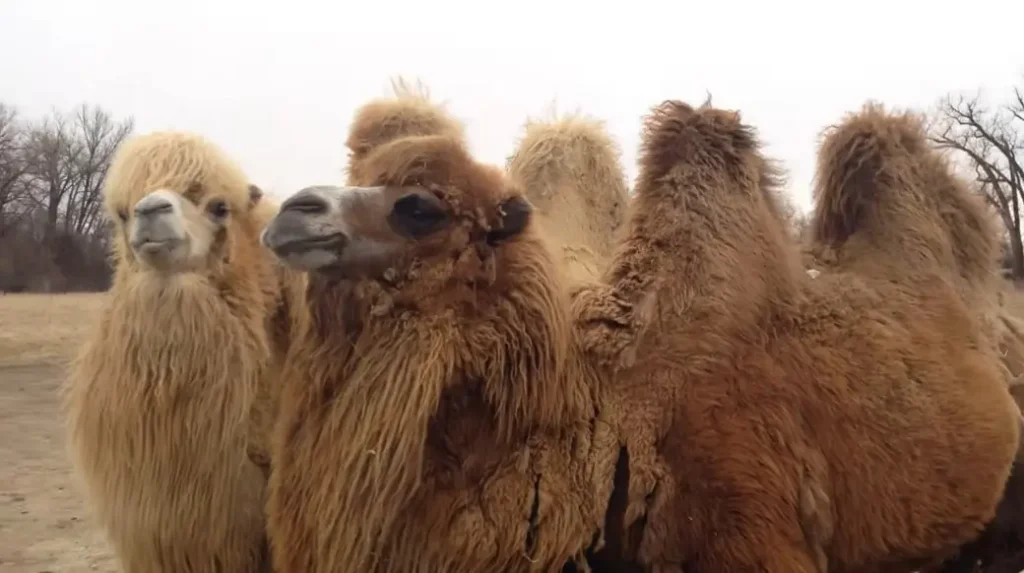
Social Structure
The family units are what the Bactrian camels’ social structure centers around. The core cluster comprises a dominant male, multiple females and their offspring. The males have to engage in fights to prove their supremacy and establish breeding rights.
Nomadic Behavior
These species are most often than not categorized as having nomadic herding lifestyles. There are holistically capable of traveling longs distances across extended terrains seeking for food and water.
Feeding Habits
This type of camels, with a dedicated diet compatible to their habitat, are herbivores. Their strong digestive system permits them to consume different vegetation comprising tough desert shrubs, grasses and plants.
Transportation and Utilization
For centuries, serving as pack animals and carrying goods and supplies across stretched distances in the desert, these phenomenal camels are facilitating the people residing in Central Asia.
Predators, Threats and Conservation
The Bactrian camels, the emblematic species, entail conservation efforts against the predators and threat to ensure their survival. Let’s spotlight the critical circumstances they are going through and the measures taken for their endurance.
The IUCN typifies Bactrian camel as Critically Endangered. Owing to their size, they encounter relatively few natural predators. Notwithstanding the fact, the young calves are vulnerable to predation by carnivores including snow leopards, gray wolves and, of course, humans.
When it comes to the Bactrian camel threats, the expanding human doings encompassing mining and groundwork cause their fragmentation and habitat loss. The vegetation and availability of food resources become scarce due to the overgrazing by domestic livestock including goats and sheep. The indigenous use their hides, meat and body parts to make traditional medicine. The water and vegetation become scarce due to the climate change including extreme temperatures and protracted droughts. The mining toxicity continued in China is also a cause of pronounced inconvenience for these animals.
Considering the Bactrian camel’s conservation, the establishment of protected area, reserves and national parks can be of great backing in assuring their endurance. The conservation strategies can be constructed taking help from the data congregated from research and monitoring programs.
Relationship with Humans
Woven into the economic, social and cultural aspects of Central Asian civilizations, the Bactrian camel’s relationship with humans is noteworthy. These animals becoming indispensable to the livelihoods of nomadic communities provide them with meat, milk and wool. This species are tremendously rooted in the cultural heritage of the region and embodies resilience. Albeit challenges including weather change and habitat loss exist, the openings for workable progress and ecotourism arise from the exclusive potentials of the Bactrian camels.
The Rundown and Fun Facts
| Common Name | Bactrian Camel |
| Other Name(s) | Mongolian camel or two-humped camel |
| Number of Species | 3 |
| Population Size | 1.4 million |
| Lifespan | 40 to 50 years |
| Weight | 1,300 to 2,200 pounds (600 to 1,000 kg) |
| Length | 8 to 10 feet (2.5 to 3 meters) |
| Top Speed | 40 miles per hour (64 km per hour) |
| Predator | Snow leopards, gray wolves, human |
| Prey | Seeds, Grass, Thorny Shrubs |
| Most Distinctive Feature | Two humps on its back, thick fur |
| Domestication | The current indigenous of Afghanistan and Turkestan began domesticating 2500 B.C. |
| Weight Carrying | 170 to 250 kg (370 to 559 pounds) for 47 kilometers (30 miles) a day |
| Sweating | don’t sweat until their body temperature reaches 106 degrees °F |
